Welcome back to our DIY Wedding Invitations series with Wendy from Weswen Design! Check out Part 1 here. Take it away Wendy …
Happy DIY Wednesday everyone! I was so excited when Bree asked me to continue with some more DIY details to help keep your invitations on-budget, on-time and PAIN free! As an invitation designer, I have major insights in what some may consider the scary world of creating your own wedding invitation. And seriously, my hat is off to you brave souls going at this major task, solo.
Last week I shared with you the first three mega important details you must know when venturing down this DIY path: figuring out your timeline, determining the size of your invitation and being mindful of postage. This week, I have two more tips/knowledge to share… hopefully after today, the fog will start to get a little clearer.
Determine the PRINTING TECHNIQUE that best suits your tastes AND your budget. This topic could lead to a few posts unto it’s own, but I will keep this short and sweet.
Scenario: you’re flipping through the latest Martha Stewart Weddings or maybe Washingtonian’s Bride & Groom (one of my faves!) you turn the page…. and there in all it’s shiny glory is your perfect invitation. Might as well cue the heavenly music and all, right? Then you research it and realize that your undeniably perfect wedding invitation costs an obscene about of money…. hence the reason you’re reading about DIYing your invitation. It happens, and it stinks, but being able to spot the different types of printing, as well as which option is best for you is ultra important.
Printing techniques you ask…. well, let me briefly explain a few:
Letterpress: This is extremely trendy and hot right now. It’s everywhere! But, be warned, while being absolutely jaw-droppingly gorgeous, invitations in this category are serious bucks. This old form of printing is done by coating a metal or wood plate with ink.
After the plate is created, ink is added to the sections of the plate to be printed. A sheet of paper is placed on top of the plate and the letterpress machine uses a rolling wheel to move back-and-forth across the surface of the paper, leaving an impression. That’s a quick and dirty explanation, so Google if this is something you’re seriously considering.
Offset: This printing technique is not as expensive as letterpress, but isn’t the cheapest either. This is the most common printing used by commercial printers. The ink coats a flat piece of paper so at the end of the day, your invitation will be smooth to the touch.
Keep in mind, with offset printing you pay by the color. Paper selection can be an integral part of the process if you’re having your invitations offset printed. There are literally hundreds of amazing textured, smooth, and colored papers that you can do rockin’ things with.
Digital: Digital printing has really grown by leaps and bounds over the past few years. Imagine printing on a really, REALLY fancy Xerox printer. That’s how I like to describe digital printing. Since this doesn’t involve printing plates, the price is lower, the turnaround quicker and the quantity you can order doesn’t need to be large (need 25? no problem!)
Nearly all of the custom wedding invitations I design today utilize digital printing. It’s beautiful and my clients love it. Not to mention, the best part, as if I haven’t sold you already…. you can have as MANY colors as you’d like. So, design away!
There are SO many options when it comes to having your lovely designs printed. This can be a tricky area, so don’t feel bad asking questions. All print shops have wonderful people who are more than willing to help you figure out how to make your invitation look perfect.
Figure out what “PIECES” your wedding stationery suite will include. The most basic wedding suite contains the invitation and the RSVP card. 2 things, in and out, done.
But what other cards do people use? Well, it’s really up to you! Think of the 411 you need to relay to your guests and go from there. Typical accompany cards could include:
- Accommodation information
- Directions/parking
- Map
- Things to do (possibly for a destination wedding)
- Reception card
- Rehearsal dinner
- Post-wedding brunch/lunch/BBQ
The list is endless! But keep a few things in mind:
- The more cards you have, the more paper you will need and the more printing has to be done. All that = higher print bill
- The more cards the more weight in your envelope. I always advise my clients to keep their invitations to one stamp, if possible (this coming from the designer who paid $1.15 in postage per invitation for my own wedding!) The extra money will add up and you can spend it on something fun, like your wedding lipstick!
- The more cards, the more confusion. Well, confusion might be a little harsh, but the higher the probability that someone might loose a card or become overwhelmed with information. If you have tons you need to tell your guests, maybe consider what you can put on a wedding website, or dispense to them once they are in town.
Thanks for tuning in! Next week, I will tackle common invitation “no-no’s” and wording information. Will you join me? And if you have questions relating to either of those topics, or any others for that matter, please email me at: wendy@weswendesign.com.


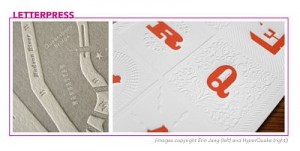
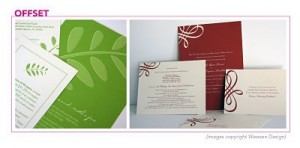
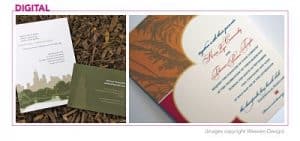
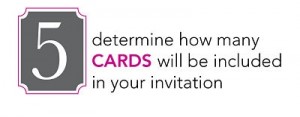
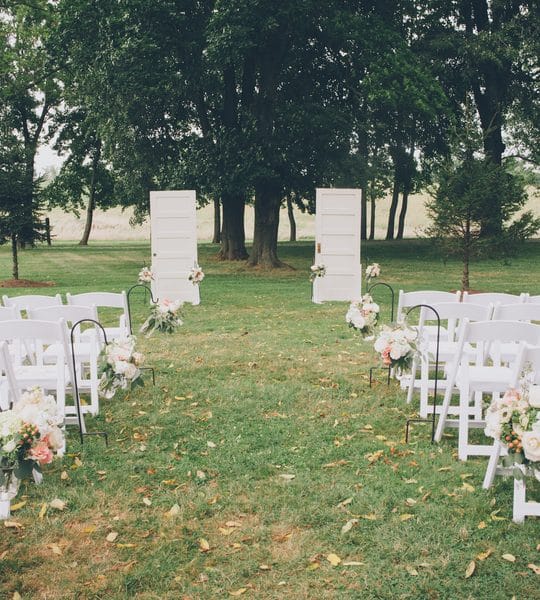

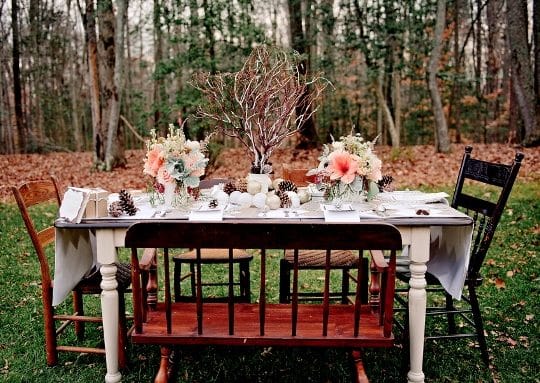

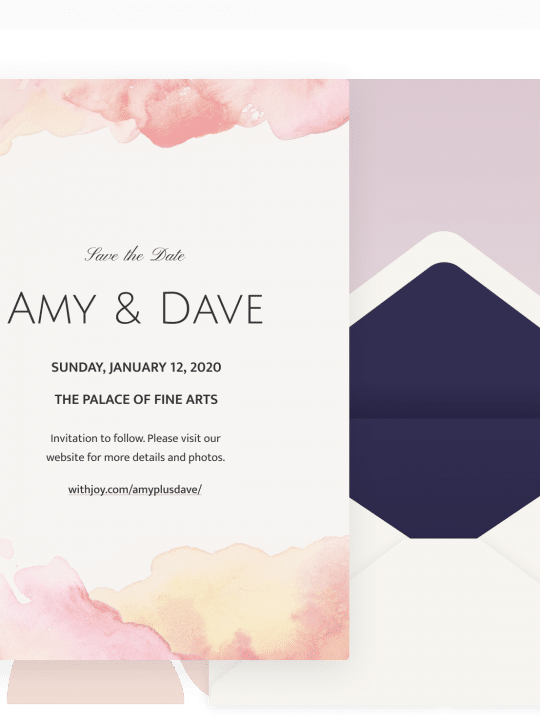
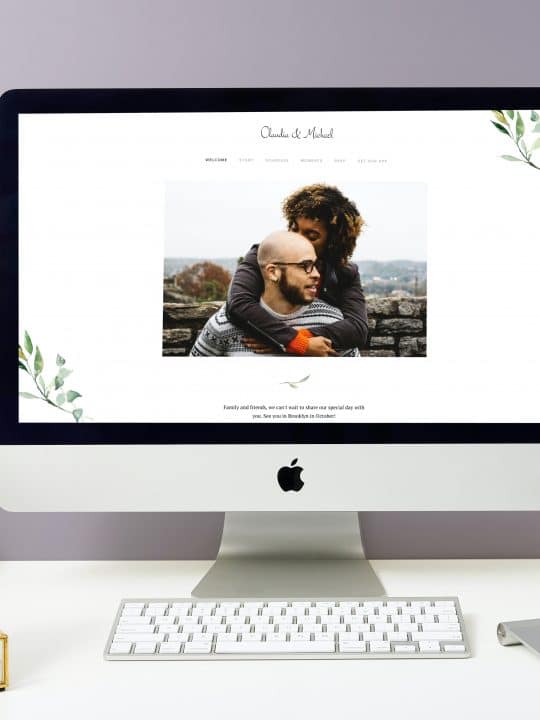
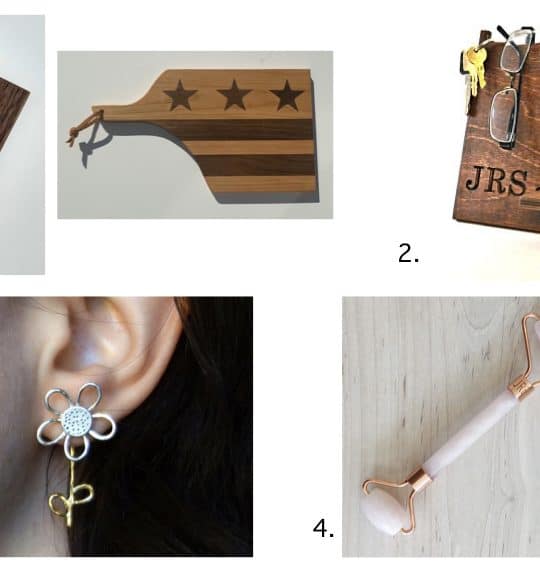

1 comment